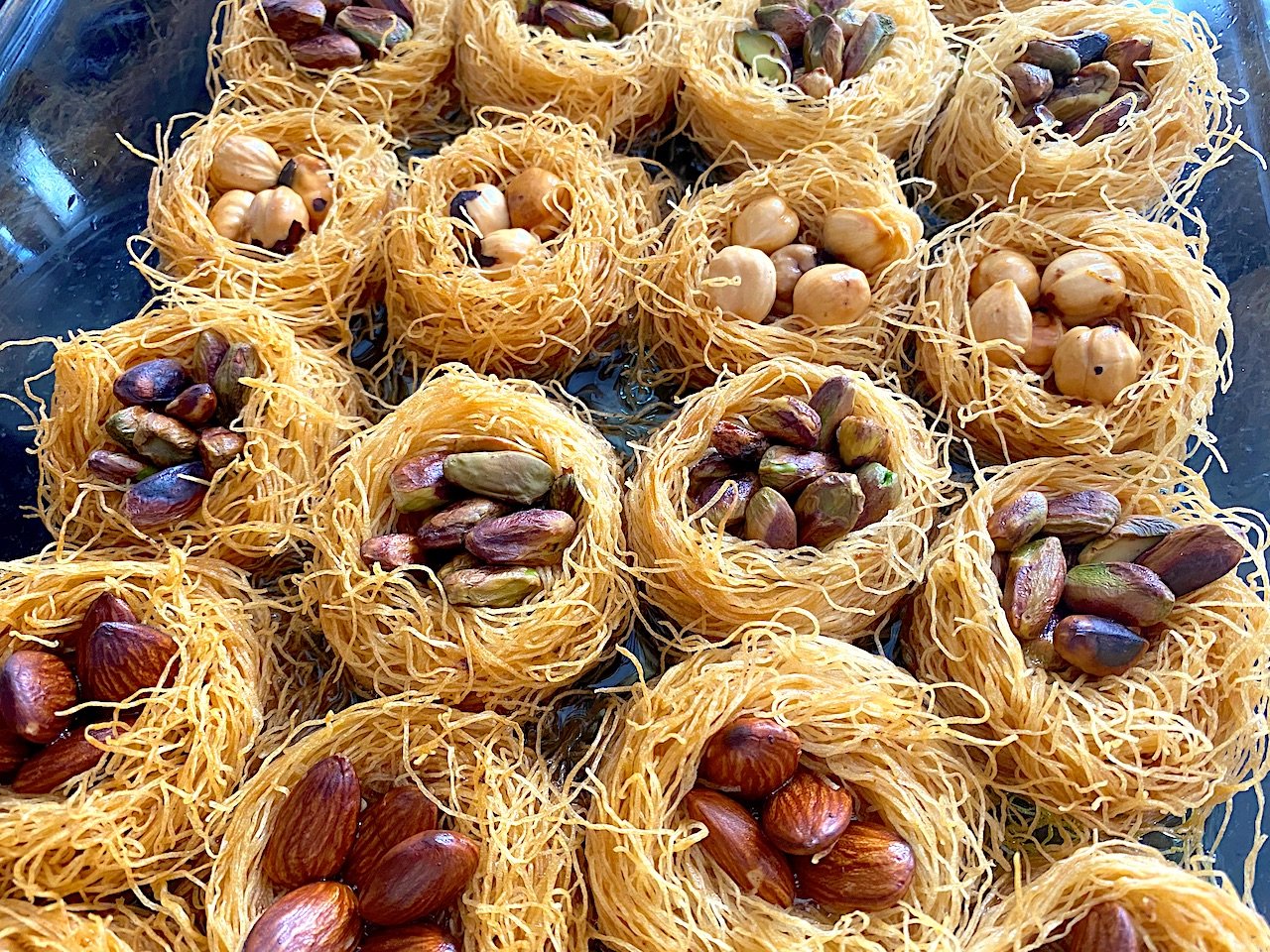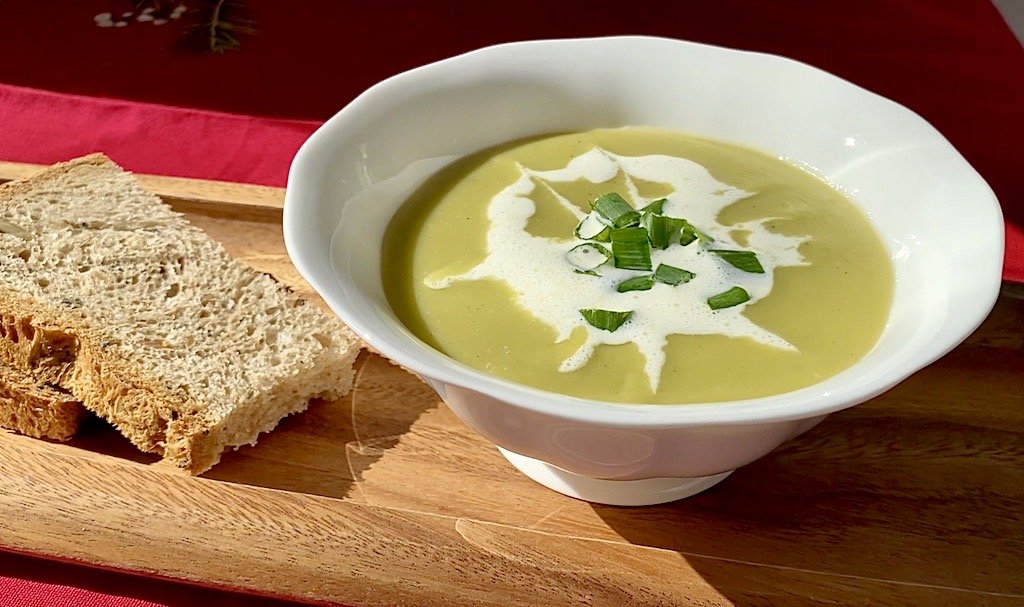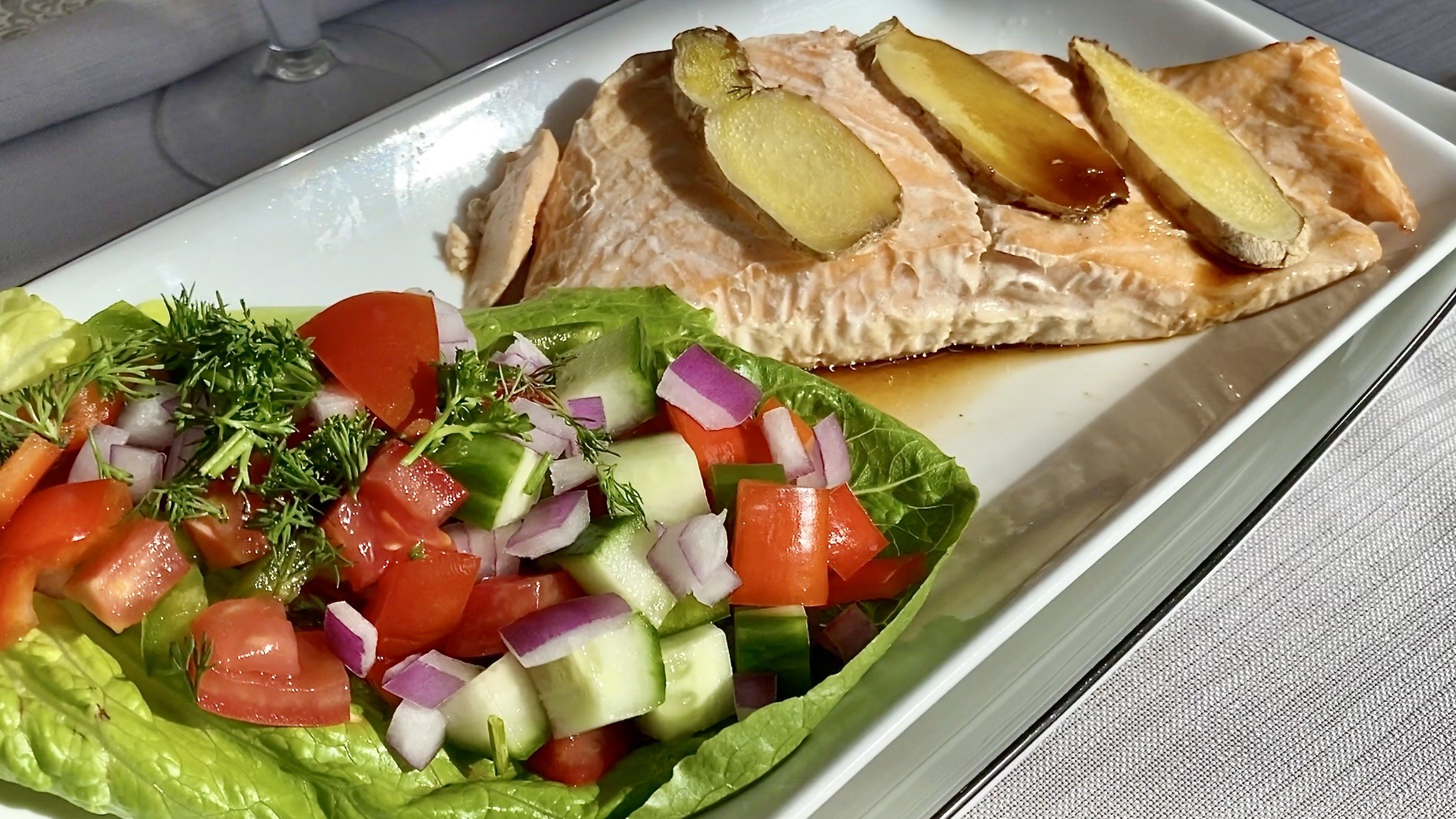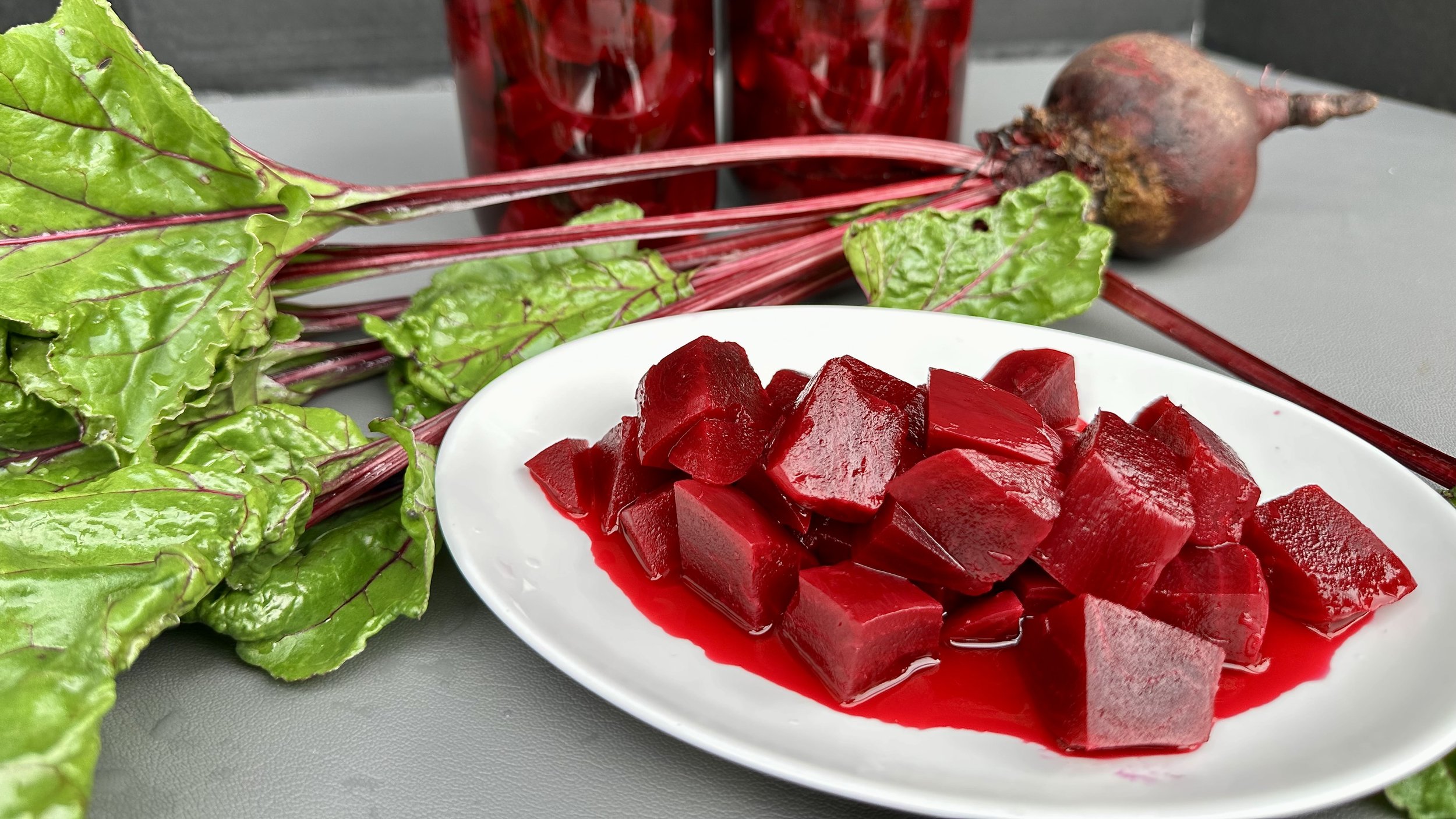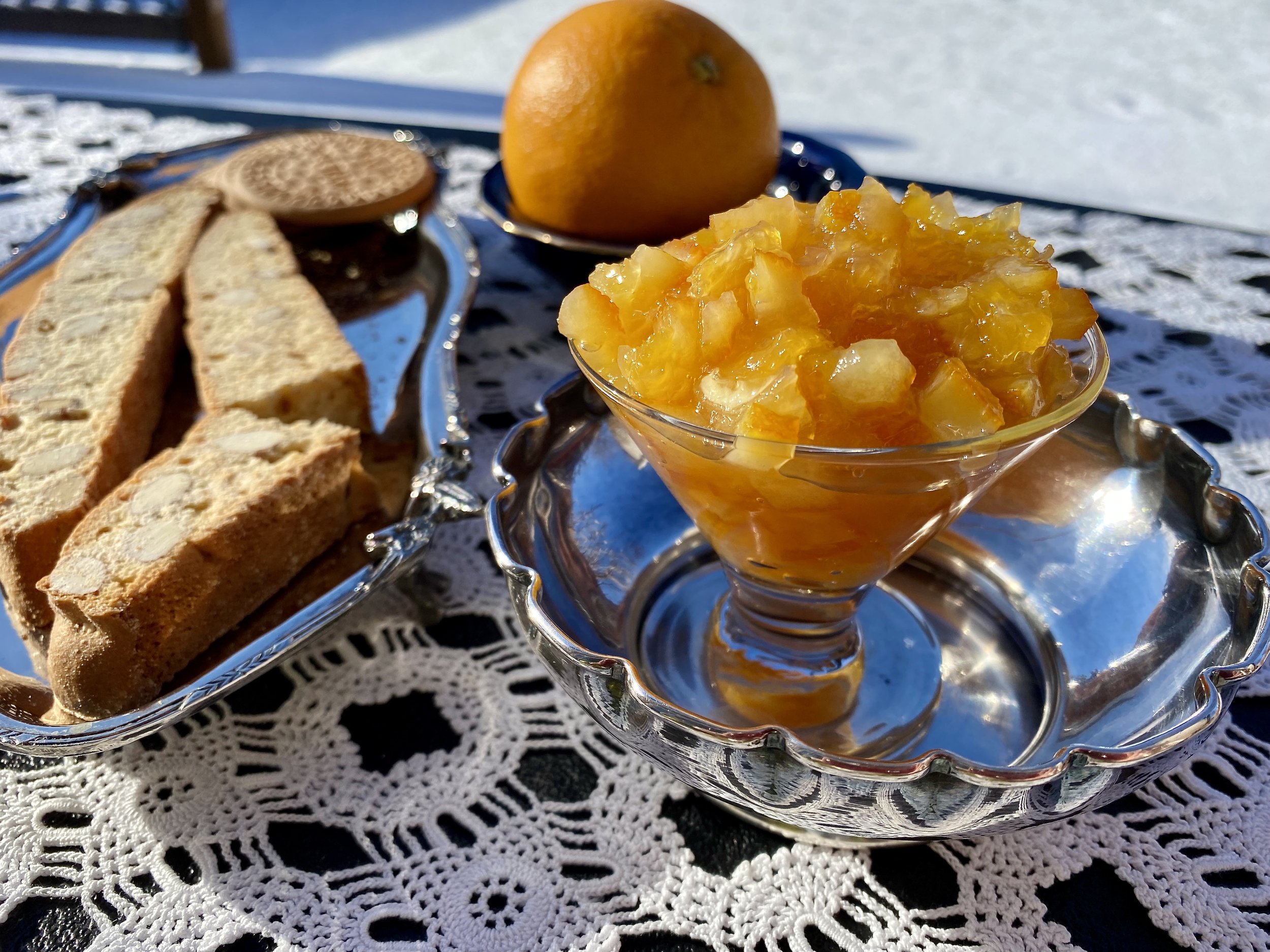Pickled Beetroots
PICKLED BEETROOT: A MUST TRY SUPERFOOD RECIPE
Note: By clicking on this video, you allow third parties (YouTube and Google) to access your data. Visit our privacy policy for more info.
Understated superfood with a crimson surprise
Beetroot is a marvel of nature; a deep crimson root packed with nutrition and flavour. Both its leaves and roots have been cherished in traditional cuisines for centuries, offering a rich source of folate, potassium, magnesium, and nitrates. These nutrients make it a powerful ally for heart health, digestion, and immunity. In many cultures, fermentation enhances its benefits, transforming it into a tangy, probiotic-rich delight.
Speaking of digestion, after my young sister enthusiastically devoured a bowl of beetroot pickle, she had quite the scare the next morning! Seeing red in the toilet, she panicked, convinced something was terribly wrong with her colon. This was before the advent of the internet, so we did a quick survey of elders and learned about beeturia; the harmless, though dramatic, side effect of beets' natural pigments. It is still a funny story in the family.
Ironically, beetroot is fantastic for colon health, supporting gut bacteria and aiding digestion (not to mention its benefits for cardiovascular health). So, enjoy this homemade pickle without fear; your body will thank you, even if it plays a colourful trick or two along the way!
Ingredients
2 kg (~9-10 medium-sized) beetroots
15-18 garlic cloves
2-4 bay leaves
For the Brine:
2 tsp pickling salt
1 tbsp sugar
1/2 cup vinegar
2 L drinking water (must cover the beetroots)
Equipment:
Two 1 L pickling jars
Notes from the Kitchen
Root vegetables should be meticulously cleaned before use. Soaking in water is the easiest way to remove soil and debris.
Ensure the beets are fully submerged during boiling for even cooking.
Avoid overcooking; beets should be tender but not mushy. Test doneness with a knife; it should glide in easily but not cause the beet to fall apart.
Pickled beets can also be made raw, but this requires a longer fermentation period (4 to 6 weeks) and results in a firmer texture. If opting for raw pickling, peel and soak the beets in regular pickling brine before storing.
Directions
CLEANING THE BEETS
Soak the beets in water for 15-20 minutes to loosen any dirt or debris.
Trim the roots from the leaves and soak them in a baking soda solution for another 20 minutes.
Use a brush to scrub off any remaining dirt, ensuring the beets are clean. Removing impurities ensures that the boiling water remains clear for later use.
If preferred, you can peel the beets before cooking; however, peeling them after boiling is much easier.
Beet greens are highly nutritious—consider adding them to salads or sautéing them for an extra dish.
BOILING THE BEETS
Bring 2 L of drinking water to a boil in a large pot.
Carefully add the cleaned beets and ensure they are fully submerged.
Simmer over medium heat for 30-35 minutes at medium heat, until a knife easily pierces through the beets.
Let them cool before handling.
PREPARING THE BEETS
Beets stain easily—wear an apron to protect your clothes.
Keep the beet boiling water clean, as it will be used for the pickling brine.
Once cooled, peel the beets by rubbing off the skins with your hands or a paper towel.
Cut them into desired shapes—wedges, slices, or cubes. Small beets can be left whole.
Peel the garlic cloves and set them aside.
Pack the beets into sterilized pickling jars, layering them with garlic cloves for flavour.
MAKING THE BRINE
Strain the beet boiling water to remove any impurities.
For every 1 L of the reserved boiling water, dissolve 2 tsp pickling salt and 1 tbsp sugar.
Stir in 1/2 cup vinegar to balance the flavours and aid preservation.
Pour the brine over the beets, fully submerging them.
Eliminate the bubbles among beets for healthy preservation process.
Place bay leaves on top to prevent mould and enhance the aroma.
Seal the jars tightly and store them in the refrigerator or a cool, dark place
Serve Pickled Beetroot 3-4 days later for enjoying its best aroma.
SERVING
Serve Pickled Beetroot with a splash of brine for extra tang.
Traditionally paired with hearty stews, legumes, and grilled meats.
Add to salads, sandwiches, or serve alongside other pickles for a diverse meze platter.
The leftover brine can be enjoyed as a savoury, probiotic-rich drink; mix with sparkling water or ice for a refreshing twist.
Enjoy your homemade beetroot pickle—a nutritious, flavourful, and versatile addition to any meal!

